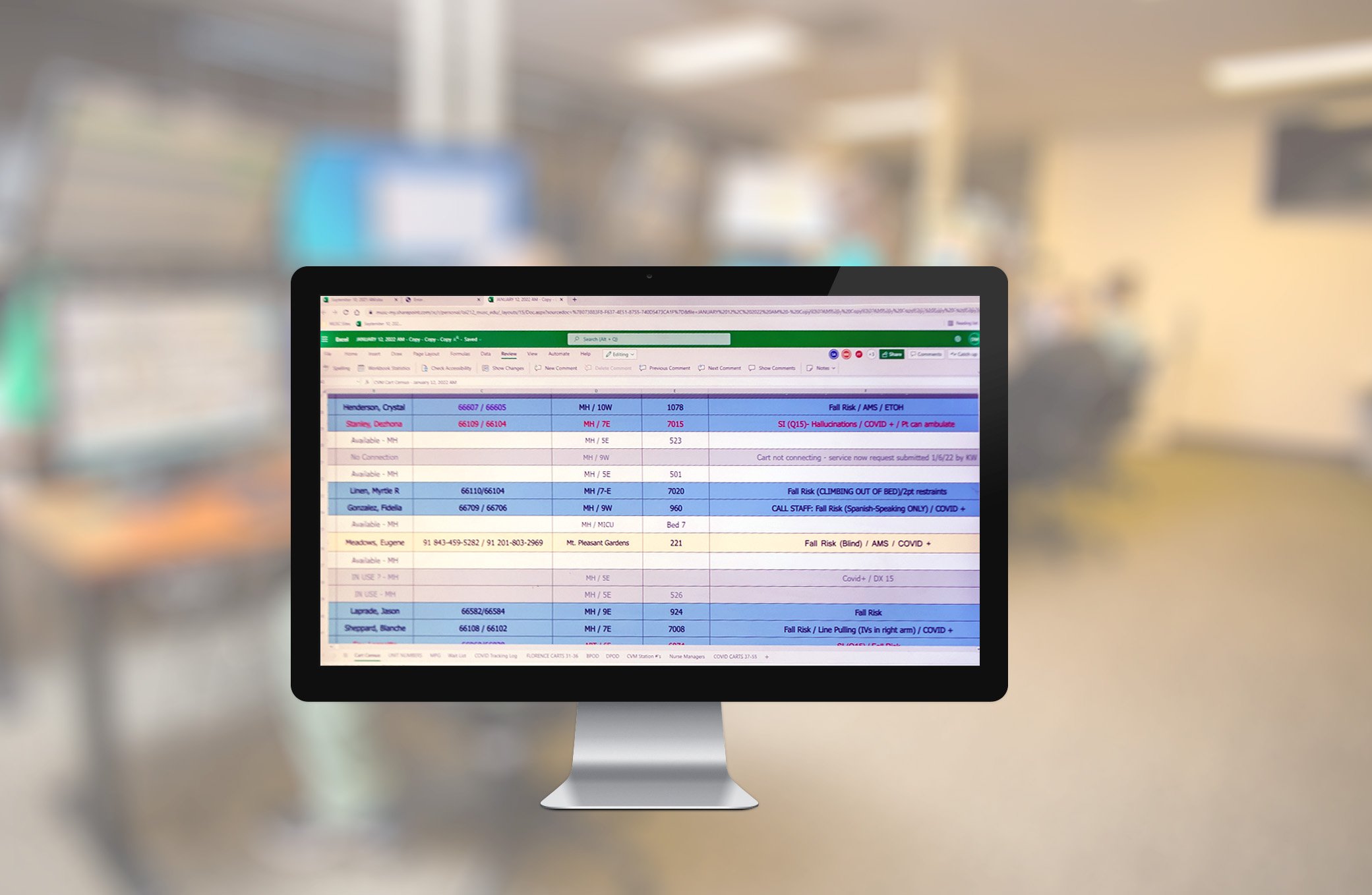The Future of Health Care: Remote Person Keeping Track Of Streamlined
As healthcare continues to evolve, one area that holds immense promise is remote patient monitoring. With an emphasis on boosting person end results and simplifying medical care shipment, remote tracking is poised to revolutionize the industry.
Benefits of Remote Individual Surveillance
Remote individual tracking provides a multitude of benefits for both doctor and patients alike. One significant benefit is the capacity to constantly keep an eye on clients' important indications and health information from another location. This real-time monitoring enables doctor to spot any concerning trends or changes promptly, bring about early treatments and potentially preventing clinical emergencies. In addition, remote individual monitoring boosts the general high quality of care by providing a much more holistic and extensive sight of patients' wellness status past traditional in-person sees.
Additionally, remote individual surveillance can lead to enhanced individual end results and satisfaction. Clients can take pleasure in the ease of receiving care in the comfort of their own homes while still knowing that their health and wellness is being carefully kept an eye on. This can cause raised patient engagement and adherence to treatment plans, ultimately resulting in much better health and wellness results. Moreover, remote surveillance can lower the demand for constant hospital visits, lowering healthcare costs for both patients and service providers. Generally, the advantages of remote client tracking are clear, making it a useful device in contemporary health care shipment.
Technology Driving Remote Surveillance
In the realm of modern health care, technological innovations play an essential role in driving the advancement and effectiveness of remote person tracking. The assimilation of ingenious technologies such as wearable gadgets, mobile applications, and cloud-based platforms has revolutionized the means health care carriers from another location keep track of and take care of client wellness - best remote patient monitoring software. These modern technologies allow continual real-time monitoring of essential signs, medicine adherence, and various other essential health and wellness information, permitting prompt treatments and personalized care strategies
One trick technology driving remote tracking is the Web of Points (IoT), which enables seamless connectivity in between clinical tools and healthcare systems. IoT gadgets such as smartwatches and cordless sensing units transmit and gather individual information to central systems, facilitating remote surveillance from throughout the world. Expert system (AI) and maker understanding formulas further enhance remote monitoring by evaluating large amounts of client data to find patterns, forecast wellness fads, and sharp medical care carriers to possible concerns.
Influence on Medical Care Distribution
With the assimilation of innovative modern technologies driving remote individual tracking, the influence on health care delivery is becoming transformative and significantly extensive. Remote individual tracking allows healthcare providers to supply even more positive and customized like clients, resulting in improved wellness results and decreased medical facility admissions. By remotely tracking essential indications, symptoms, and medicine adherence, health care professionals can interfere early, stopping problems and enhancing the total high quality of treatment.
Additionally, remote tracking enhances accessibility to health care services, specifically for individuals in underserved or country locations. Patients can get continuous surveillance and support from their homes, removing the requirement for frequent in-person brows through. This not only conserves time and minimizes costs for both people and health care centers but additionally reduces the threat of direct exposure to infectious illness, an important consideration in the current health care landscape.
Additionally, remote client surveillance enables doctor to much better allot resources and prioritize care based on real-time information. By recognizing risky check this clients and stepping in without delay, healthcare shipment ends up being extra efficient and reliable, inevitably resulting in a much more lasting and patient-centered medical care system.
Improving Patient Outcomes

Furthermore, RPM enables positive administration of persistent problems, minimizing the chance of severe exacerbations and health center readmissions. Individuals gain from boosted benefit and comfort, as they can receive treatment in their very own homes while staying connected to their doctor. This continuous surveillance not just improves client complete satisfaction but additionally promotes a sense of empowerment and engagement in their very own health and wellness management.
Future Trends in Remote Surveillance
Embracing advanced modern technologies in remote client surveillance is forming the future landscape of healthcare distribution. One significant pattern is the increased read review usage of wearable devices and sensors to accumulate real-time information, enabling health care providers to keep track of individuals continually without the need for regular in-person sees.

Additionally, telehealth systems are becoming a lot more innovative, enabling online appointments, remote medical diagnosis, and remote patient keeping an eye on done in one incorporated system (best remote patient monitoring software). This all natural approach to remote monitoring is improving medical care distribution, enhancing patient complete satisfaction, and eventually, enhancing total top quality of treatment
Verdict
In conclusion, remote patient tracking provides many benefits in medical care distribution, driven by innovations in modern technology. It has the possible to boost person results and reinvent the means medical care is provided. Future patterns in remote tracking will continue to shape the landscape of healthcare, offering opportunities for more reliable and tailored person treatment.
Remote person tracking provides a Continued wide range of benefits for both healthcare providers and patients alike. Additionally, remote patient surveillance boosts the general quality of treatment by giving an extra detailed and holistic sight of clients' health standing beyond conventional in-person visits.
Moreover, remote individual tracking can lead to improved person results and complete satisfaction. Remote patient surveillance enables healthcare providers to use more customized and aggressive care to patients, leading to boosted wellness outcomes and lowered healthcare facility admissions. Remote client surveillance (RPM) plays a substantial duty in boosting person end results by giving continual, real-time data that enables health care carriers to intervene quickly and readjust therapy strategies as required.